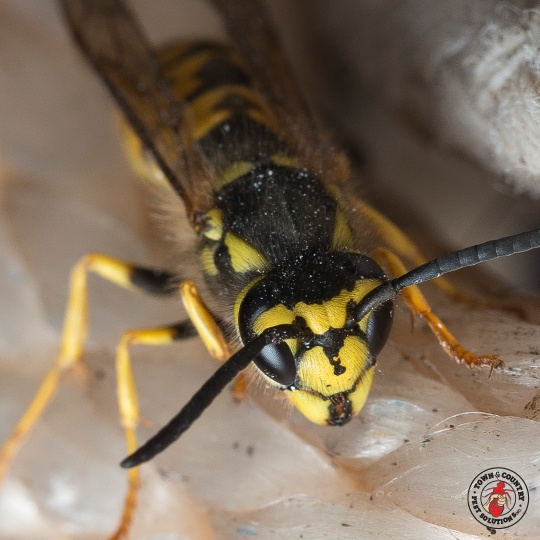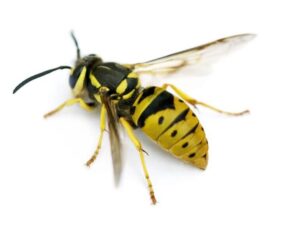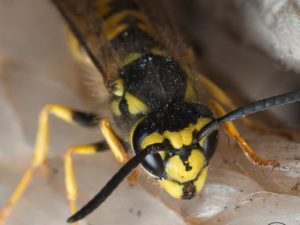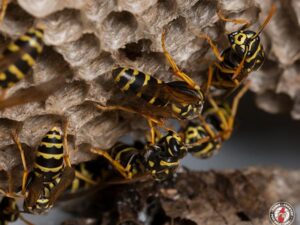
The onset of summer and spring marks the beginning of a wasp season. During the spring season, the Queen wasps come out of hibernation and begin to find suitable places to build their nests.
Wasps nests found in and around your property can be dangerous. Thus, it is crucial to understand the wasp lifecycle to deal with them.
Let’s revive the wasp lifecycle to locating a nest and getting them removed from your property.
The lifecycle of a wasp:
The Queen wakes up:
Wasps do not reuse their nest again after the Queen dies. Thus, there are no active nests during the spring season. Fertilized Queens hibernate over the winter and try to find suitable places for building new colonies. These fertilized Queens hatch their first batch of larvae to expand their existing wasp colonies. Wasps play a vital role in pollination and controlling the insect population.
Building nests:
After choosing a suitable location, the Queens will build a nest through different materials. Some wasp species use chewed wood mixed with saliva to make a paste used to construct the nest. Some other wasp species build their nest by using mud or clay. First, the Queen wasp creates a center stalk called a petiole.
She adds chemicals in the petiole to repel ants. She then adds cells around the petiole.
Building the team:
The purpose of the Queen wasp is to lay eggs to expand their wasp colonies. Once the eggs hatch into larvae, she feeds them high-protein and high-carb foods to protect them from predators. These wasps will spin a silk cap before pupating into an adult wasp, just like a caterpillar turning into a butterfly.
These adult wasps are female workers and can lay the eggs. The male wasps are called drones which cannot sting. Their only life purpose is mating. By July, these worker wasps can take the responsibility of constructing the wasp colony, finding food sources, feeding the larvae, and caring for the Queen wasp so that she can concentrate on egg-laying.
The larvae secrets a sugary droplet so that the adult worker wasps have these droplets. The wasp will continue to build their team strong. The Queen wasp can lay approximately a hundred eggs per day, and a typical nest can contain twenty-thousand wasps.
The next generation:
The wasp nests reach their maximum size at the end of the summer. At this point, the Queen wasps can lay up to 1500 new queens. Once these eggs turn into virgin queens and drones, they will leave their nest and make their way to mating areas. The next generation queens will hibernate in winter and continue to grow the cycle.
End of the nest:
As the autumn arrives, all the larvae have pupated, and the nest reaches its maximum size. The remaining wasps can no longer feed on the sugary solution. It means they have to search outside for their food and survival. As winter approaches, their food diminishes, and the hibernating Queen dies.
Wrapping up:
If you have noticed any of the above stages of the wasp life cycle, try to consult a pest control professional to get further information.












